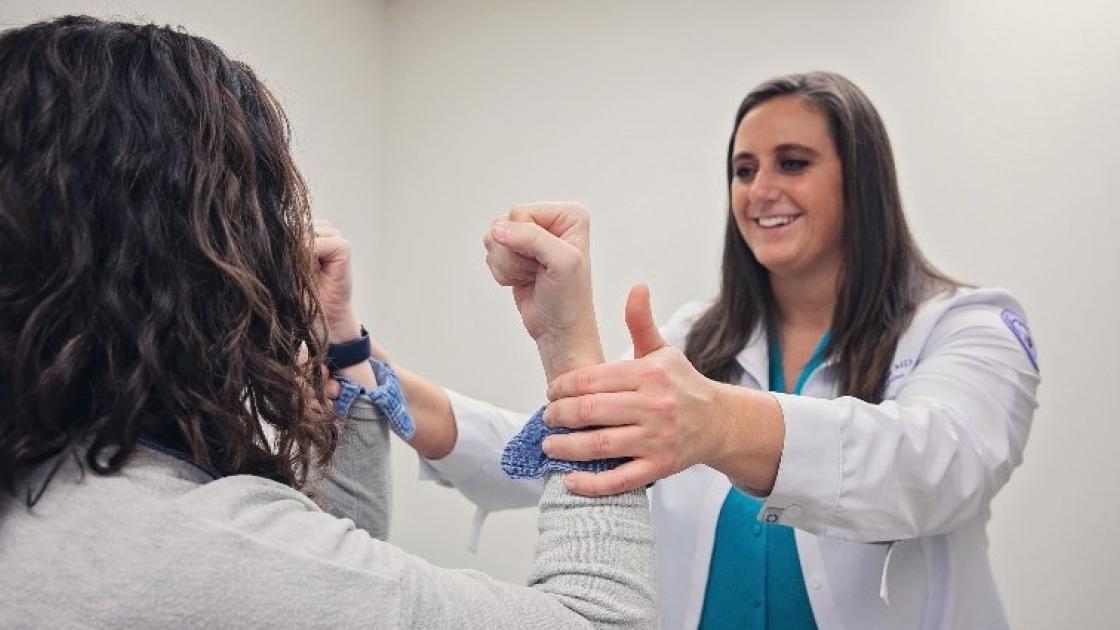
Treating phantom limb pain
Amputations are more common than you may think. The Amputee Coalition of America estimates that there are 185,000 new lower extremity amputations each year within the United States and an estimated population of 2 million American amputees. That number is projected to increase to more than 4 million by the year 2050.
The most common reasons for limb loss include wound-healing issues related to diabetes, traumatic accidents and cancers. SIU Medicine has experienced board-certified physiatrists who can help people facing these health issues. These specialists can help you or your loved one avoid the painful and often debilitating effects that sometimes accompany amputation. One of these is phantom limb sensation.
What is phantom limb pain?
Phantom limb pain is an abnormal, painful feeling that emanates from part of a limb that is no longer present. For example, a person who undergoes a below-knee amputation can experience pain, numbness, pressure, cramping, or even itchiness from a foot that is no longer there. Although the pain is coming from a body part that is no longer there, the pain is very real and can be concerning for the individual.
Phantom limb pain usually occurs soon after a person has an amputation—it’s believed that as many as 80 percent of people who have limb loss will experience it. Experts believe these sensations are caused by signals in the brain and spinal cord.
Phantom limb pain may be triggered or intensified by a multitude of stimuli, including exposure to cold temperatures, angina, smoking, herpes zoster, urinating, light touch, sexual activity, changes in barometric pressure, the common cold and other types of acute illnesses.
Physiatrists help reduce phantom limb pain
Physiatrists are medical doctors who have specialized in the branch of medicine called Physical Medicine and Rehabilitation. They diagnose and treat people with conditions affecting the brain, spinal cord, nerves, muscles, bones, tendons, ligaments and joints.
Physiatrists are especially helpful for individuals experiencing phantom limb pain. Even though phantom limb pain tends to go away over time, a physiatrist can implement or recommend a variety of techniques that may accelerate the resolution of these symptoms and improve a person's overall function and well-being.
Physiatrists often prescribe or recommend the following services for phantom limb pain:
- Medications, including opioids, non-narcotic analgesics, anticonvulsants and antidepressants
- Massage
- Exercise, including active and passive range of motion
- Transcutaneous electrical nerve stimulation (TENS)
- Acupuncture
- Mirror box imagery
- Stump liners
- Desensitization techniques
- Biofeedback
- Skin and wound care
- Cognitive behavioral therapy and coping strategies
Physiatrists are essential members of a person’s amputee plan of care because they can modify a treatment plan over time and work closely with other providers, like physical therapists and prosthetists,
If you or a loved one is struggling with phantom limb pain from a recent amputation or limb loss, there is hope for this frustrating condition. Contact SIU Medicine at 217-545-8000 to schedule an appointment with a Springfield physiatrist and discover a life with less pain, better function and greater independence.




